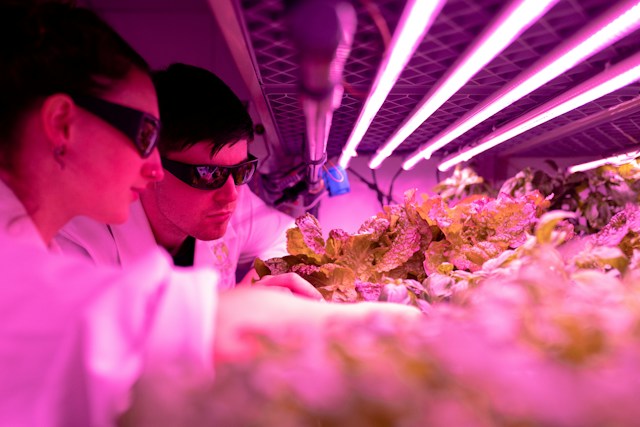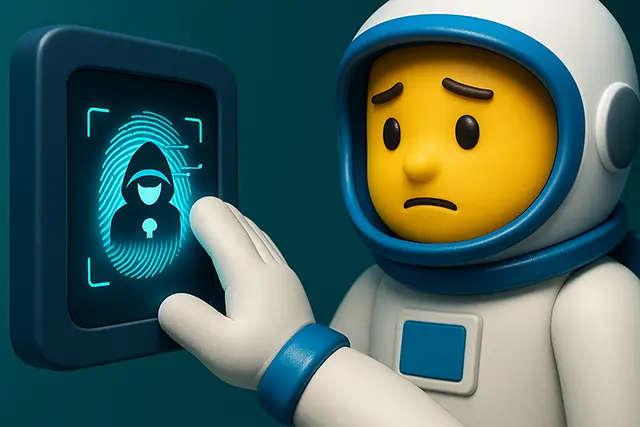Biotechnology Breakthroughs: Genetic Engineering and CRISPR

Imagine having the power to edit the very fabric of life itself – to alter DNA, the biological code that defines an organism and its functionality. Fortunately, you don’t need to ponder long on this topic, because this is the reality with the advent of CRISPR technology, a monumental breakthrough in the field of genetic engineering. In this article, we are going to explore the world of CRISPR and understand its implications.
Table of Contents
A Brief Overview of Genetic Engineering
Before we delve deeper into CRISPR, let’s quickly brush up our knowledge on genetic engineering. You probably remember from high school biology that all living entities have genes, which are fragments of DNA that control specific traits such as the color of your eyes or your susceptibility to certain diseases. Genetic engineering, in essence, allows us to manipulate these genes.
- Traditional Genetic Engineering: Traditionally, genetic engineering often involved the insertion of new genes into an organism’s DNA. The challenge was, however, getting the new gene in the right place, which was a bit of anoph unsisticated guesswork.
- Modern Genetic Engineering with CRISPR: This is where CRISPR comes in and revolutionizes the field. CRISPR, which stands for “Clustered Regularly Interspaced Short Palindromic Repeats,” allows scientists to identify a specific location in the DNA sequence and make a decision to alter it with unprecedented accuracy, kind of like using a GPS navigating system to drive to a precise location.
So now that we have a basic understanding of why CRISPR is a game-changer, let’s take a closer look at the technology itself and its implications.
Understanding CRISPR: The Basics of Gene Editing
If you’ve ever wondered whether we have the capability to tap into the blueprint of life, the answer is a resounding yes! The technology that allows us to do so is called CRISPR, or Clustered Regularly Interspaced Short Palindromic Repeats. As complicated as its full form sounds, it’s essentially a simple, yet incredibly powerful tool for editing genomes.
So, how does CRISPR work? Imagine your genome as an intricately written book. Now, if you wanted to alter the course of the story, you would need to find a specific word or sentence and replace, delete or insert new terms. CRISPR operates similarly, but the ‘book’ here comprises of DNA sequences.
This advanced technology emulates a naturally occurring defense mechanism in bacteria, where they use CRISPR derived RNA and various Cas proteins, including Cas9, to foil attacks by viruses and other foreign bodies. They do so by chopping up and destroying the DNA of the invader, a mechanism that scientists have adopted and adapted for use in other cells
CRISPR: An Innovation of Unprecedented Implications
In the realm of genetic engineering, CRISPR has become a game changer. The reason? Its unmatched precision, efficiency, and flexibility. It has cranked open a world where manipulating the DNA of any organism- from bacteria to humans- is possible.
“CRISPR technology allows scientists to change or delete genes quickly and with great precision. It’s revolutionizing the field of genetics. The potential is enormous.”
It’s not just in the lab where CRISPR is making waves. From developing designer babies with chosen traits to eradicating devastating genetic disorders like Huntington’s or Cystic Fibrosis, the applications are as staggering as they are controversial.
The potential of CRISPR is so dramatic that even ethical and societal implications need to be considered. Should there be a limit to how much we should interfere with nature? Is it acceptable for parents to choose their future child’s eye color, height and perhaps intelligence? These questions are part of the ongoing global dialogue on bioethics.
We’re stepping into an era where we could engineer our own evolution. As exciting as that may sound, it’s crucial to tread this pioneering pathway with caution, always remembering the infinite value of life in its many glorious forms.
Gene Editing for a Better Future: CRISPR’s Role in Genetic Disease Prevention
Imagine a future where humanity holds the power to eliminate genetic diseases. Picture a world where birth defects and predispositions to conditions like cancer or Huntington’s disease are a thing of the past. This is the promise that the gene-editing tool CRISPR holds. With CRISPR’s precision and potential, medical science is on the brink of an age where genetic diseases could be mainly eradicated from human existence.
The exciting science behind CRISPR involves the identification and alteration of specific sequences of DNA within the genomes of living organisms. It functions as ‘molecular scissors’ to cut DNA at specific sites, enabling scientists to add, remove or replace genetic material. This precisely targets and potentially fixes disease-causing mutations – something previously unreachable by traditional methods.
“CRISPR stands as a potent, life-altering technology. It’s a tool that could fundamentally shift our approach to combating genetic diseases.”
Pioneering treatments using CRISPR technology are already making headlines. Here are a few noteworthy examples:
- In 2019, scientists successfully used CRISPR to treat a patient with a form of genetic blindness, the first use of the technology for curing disease within the body.
- A groundbreaking trial by CRISPR Therapeutics and Vertex Pharmaceuticals reported promising results in two severe genetic disorders – Beta thalassemia and Sickle cell disease.
- Another path-breaking testing CRISPR-based cancer therapy showed potential in a patient with advanced lung cancer, setting the stage for broader evaluations.
Despite these initial successes, the use of CRISPR technology in humans is not without concerns. The complexities of the human genome and the potential for unintended mutations raise ethical and safety questions. Research, regulation, and due diligence are crucial as we tread this new path.
| Pros | Cons |
|---|---|
| Potential to eradicate genetic diseases | Possibility of unintended mutations |
| Can be used to modify the genomes of living organisms | Ethical considerations and potential for misuse |
| Promising initial results in treating various diseases | Complexities of the human genome can complicate procedures |
As we move forward in this genomic age, it’s essential that we handle such powerful genetic tools wisely. Used correctly, CRISPR has potential to revolutionize medicine and bring about a seismic shift in how we perceive and treat genetic diseases.
Read More : The Role of AI Technology in Boosting Your Earnings through Remote Side Gigs







